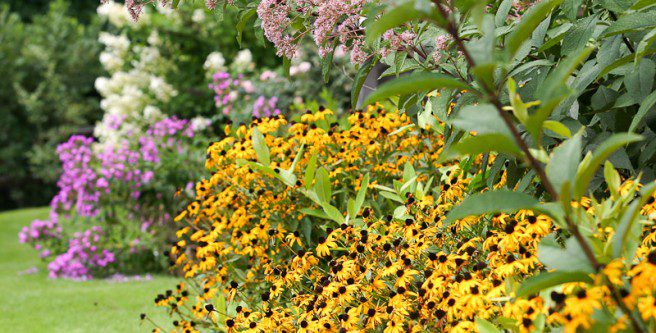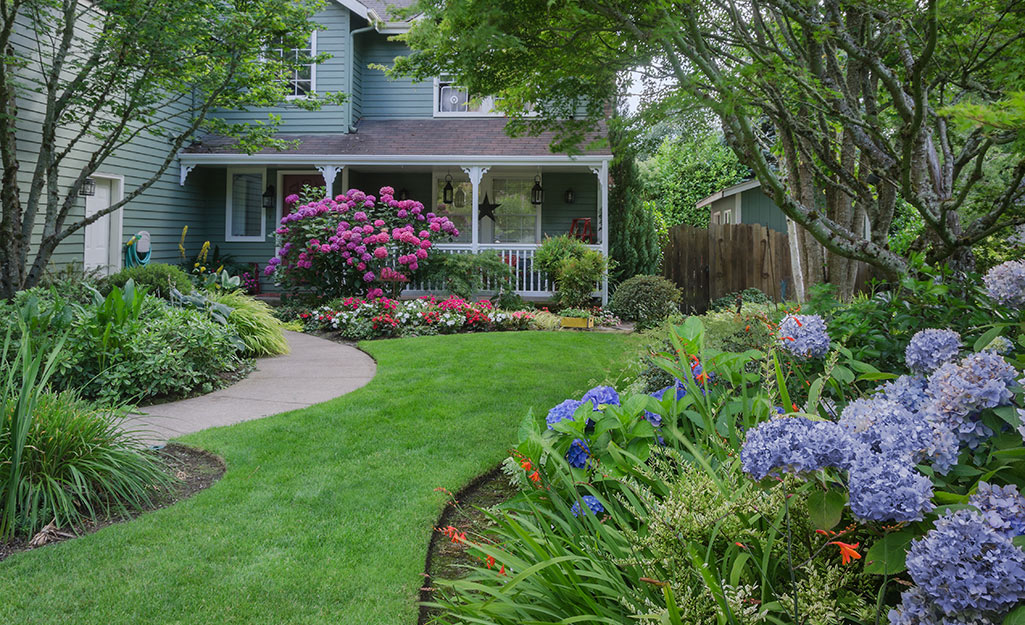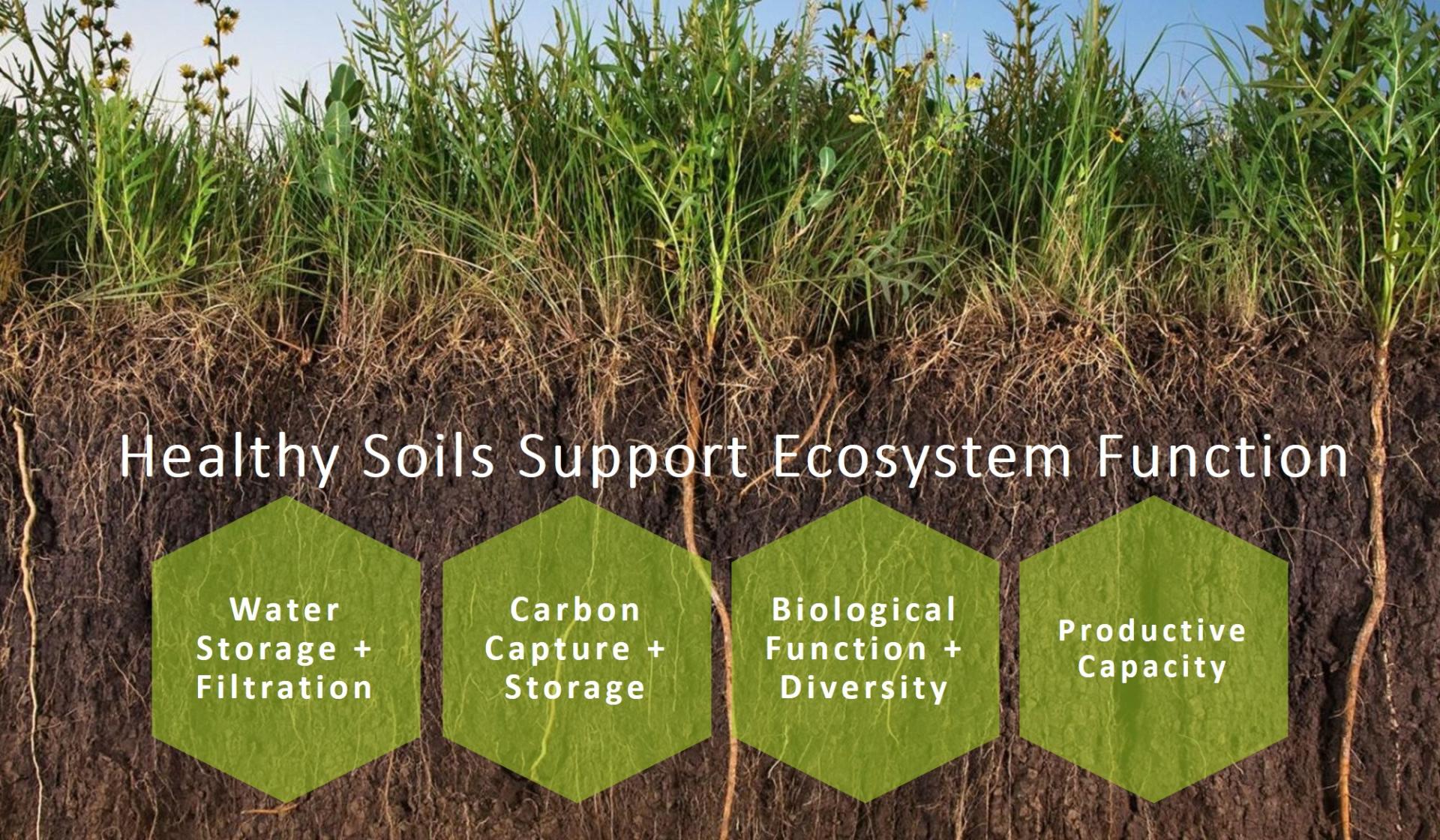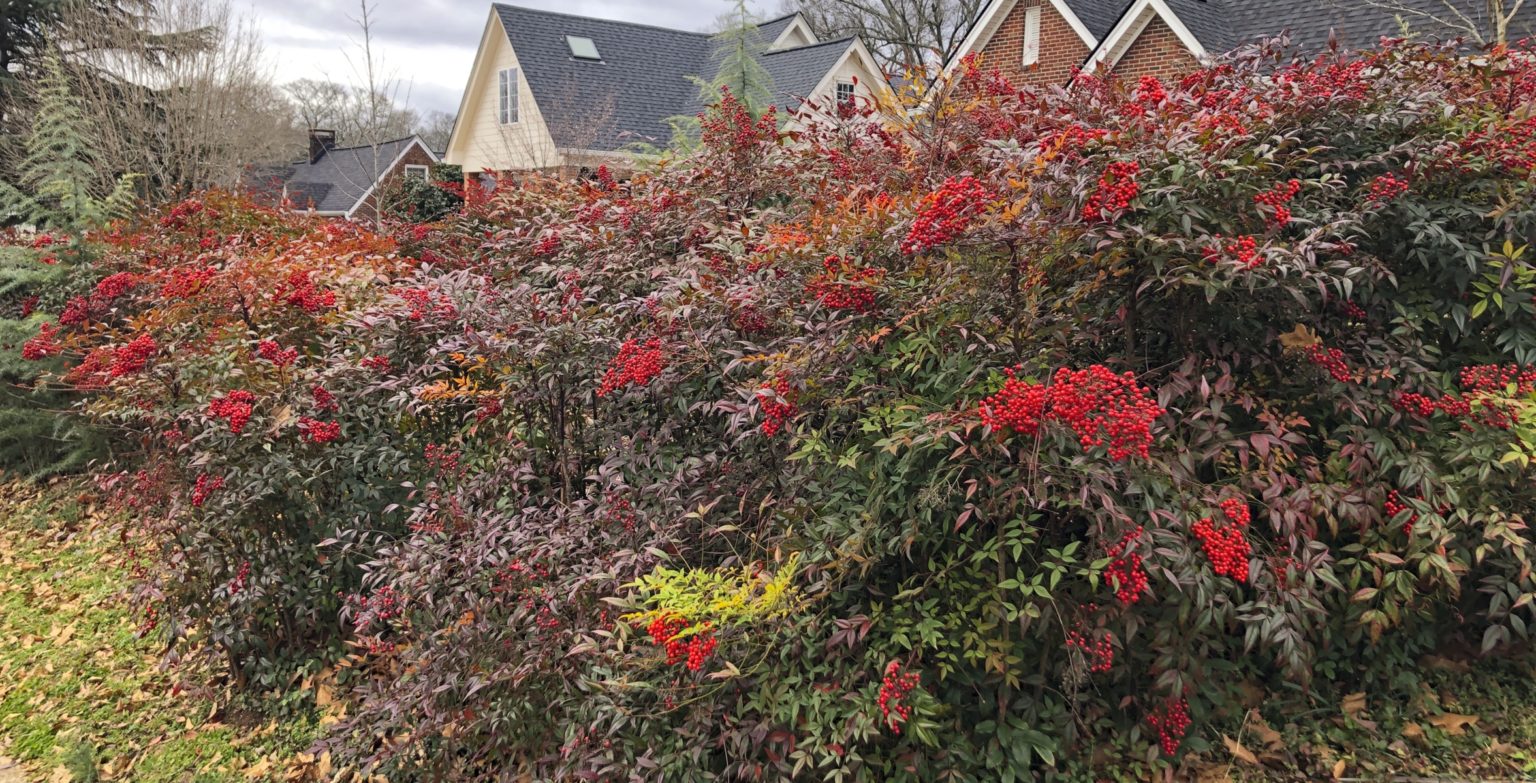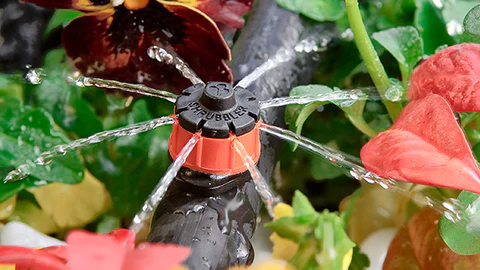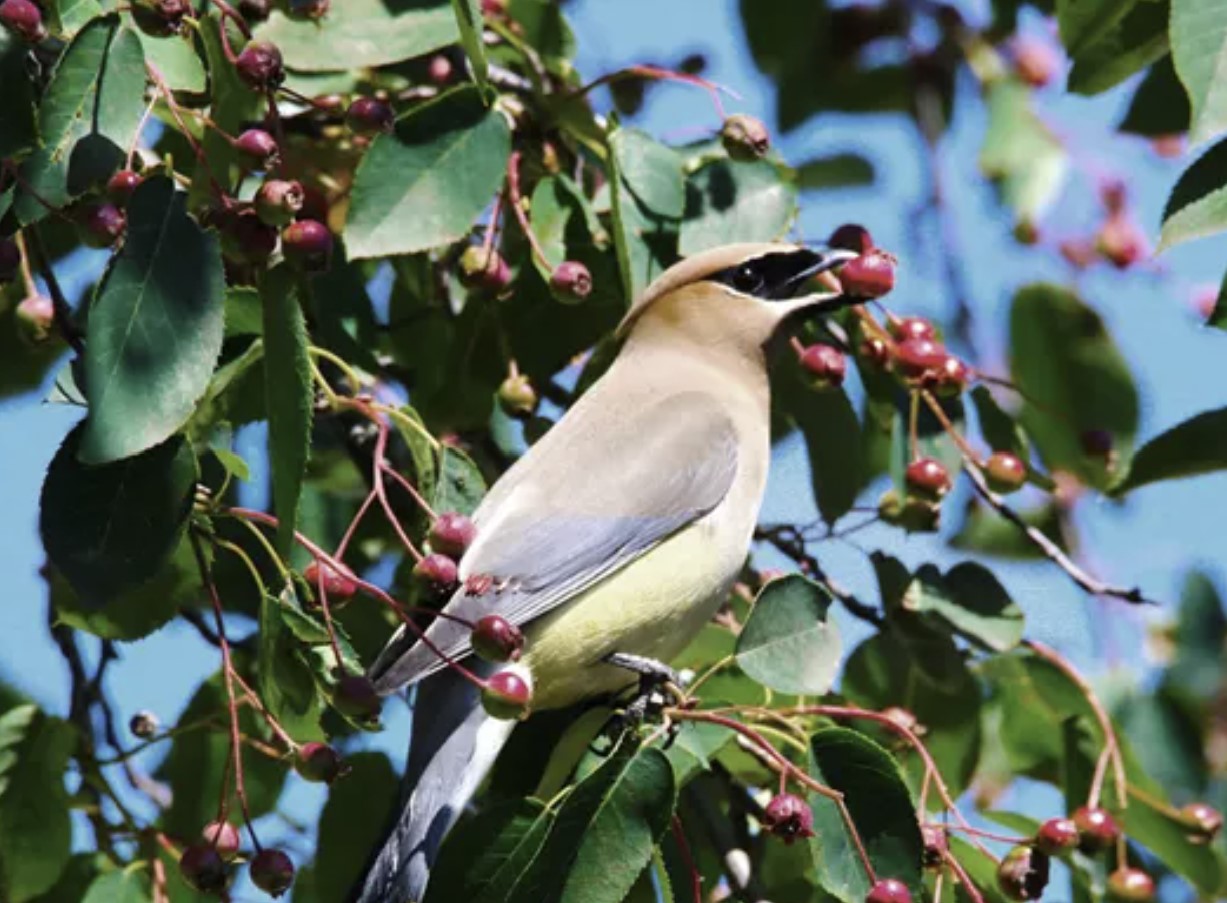Why Natives at Home?
The Rewards of Creating Your Own Sustainable Habitat
Restoring your private property into a sustainable native habitat is both rewarding and beneficial. We’re all familiar with the amazing work of our public and private conservation efforts to preserve lands, but the reality is that those efforts are simply not enough to offset the damage being done by rapid development. Currently more than 70% of our Eastern U.S. forests have been lost, farmland is being gobbled up by suburban development at an alarming rate, and tree canopies are disappearing in urban areas. In 2022, South Carolina ranked 8th state in the nation for loss of land to development.
Now consider that greater than 85% of property east of the Mississippi River is privately owned and 54% of that is urban/suburban. Our takeaway: Restore native plants at home!
For those of you asking “What can I do?”, we share the benefits and methods to help you reach the same conclusion.
What Is a Native Plant?At Home in South Carolina
Celebrate our rich natural heritage and help preserve our South Carolina flora and fauna by incorporating native plants into your home landscape. We live in an amazing place where the trees, shrubs, vines, perennials, ferns, and grasses that evolved here provide a beautiful palette of colors, shapes, fragrance, and textures. By working primarily with our native plants, we create a sense of place that plays forward our incredible heritage.
Easy on the Earth
Our soil is a living ecosystem that provides water storage and filtration, increased soil organic matter, biological diversity above and below ground, and sustained productivity.
Habitat destruction is an unavoidable byproduct of development, but with careful stewardship of the land using native plants with root systems far deeper than turf grass, we can enable the soil to filter pollutants and bring nutrients, prevent erosive runoff, and stimulate growth; the plants in turn will improve air quality.
Home Invasion!
The problem with “introducing” those interesting non-native species into our personal landscapes is that they too often become problematic “invasive” plants in the neighborhood, on vacant lots and even on conserved lands. Eradication is laborious, expensive, and never-ending. The best way to stop the spread of invasives is to 1) be aware, 2) remove them from our properties, and 3) avoid further introduction of new species that don’t belong here.
Save Time and Money
When you choose the right native plant appropriate for your site conditions, you should need no fertilizer and only minimal watering (during droughts) once established. This means lower cost, fewer chemicals, and less maintenance than coddling non-native plants or the work involved in maintaining a traditional turf lawn!
Native plants provide food and shelter for birds and beneficial insects that keep insect pests in check, so you can hold the pesticides, too. Once you have enough plants and species diversity, your landscape becomes a self-monitoring system. While no garden is “zero-maintenance,” a yard filled with native plants can help simplify your life.
Welcome Wildlife
Native plants are the foundation of the food web. Their foliage provides food for caterpillars, the sole food source for the young of many of our native songbirds. Flowers supply pollen and nectar for butterflies, bees, hummingbirds, and other pollinators. Seeds and berries of native plants are devoured by migrating and overwintering birds and other wildlife. Restoring native plants in your yard will invite wildlife to return to share in the bounty of the land.
Beneficial Pollinators
Hummingbirds, bees, butterflies, bats, ants, beetles and other insects show up for a free meal of pollen and enable the sexual reproduction of the plants by moving pollen between the male (anther) and female (stigma) parts of a flower.
This simple but fundamental act ensures a reliable and diverse seed and fruit supply, as a key part of the food web. It’s all part of the “system” of biodiversity (75% of the world’s flowering plants and 35% of the world’s food crops depend on animal pollinators to reproduce).
And, because insects do not recognize property lines, our yards become part of a greater ecosystem!

